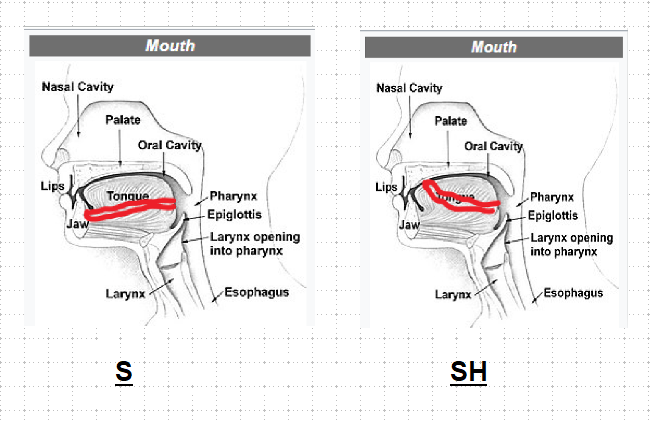I've been "speaking" Chinese my entire life, and I can hear, understand, and reproduce the different sounds. I've just never paid much attention to it. It hasn't occurred to me much until recently when I type in Chinese that I often put "ch" instead of "c" or vice versa. I'm now starting to worry that my pronunciation isn't as understandable as I thought it to be. So is there a way to relearn the correct pronunciation of all these characters? For the more obviously different words like 四 and 十, I will subconsciously make the difference, but for other more complex words, not so much.
Thanks in advance!
 ]
]